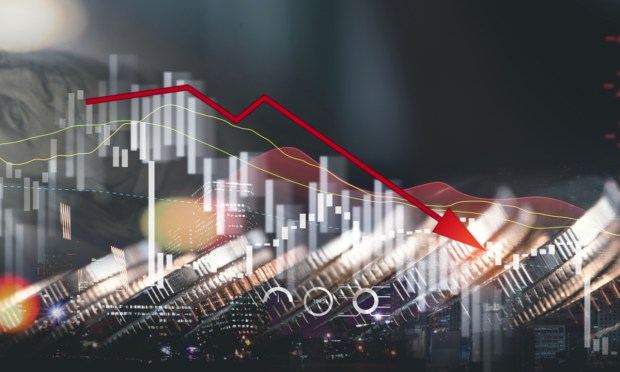
The good news: Economists are less confident the U.S. will see a recession.
The less good news: They also expect the economy to grow at a much slower rate this year, The Wall Street Journal (WSJ) reported Sunday (Jan. 14).
Economists surveyed by WSJ reduced the probability of a recession within the next year to 39%, down from 48% in October.
“A recession in the year ahead seems less likely than it appeared at the start of 2023, since interest rates are trending lower, gas prices are down from last year, and incomes are growing faster than inflation,” said Bill Adams, chief economist at Comerica Bank.
However, the economists also expect the economy to grow just 1% this year, down sharply from the estimated 2.6% from last year.
“This is less a recession and more of a growth stop,” Rajeev Dhawan, an economist at Georgia State University, told the WSJ.
In short, the report said, the country might feel like it’s in a recession without actually being there, with job growth slowing and unemployment climbing, and cyclical sectors — industries like retail, manufacturing and warehousing — struggling this year.
“Cyclical sectors of the economy are pulling in the reins on employment, and we look for companies to further tighten the reins as they lose pricing power,” said Kathy Bostjancic, chief economist for Nationwide Mutual.
Meanwhile, recent reporting and research by PYMNTS shows the pressures facing consumers, recession or no recession.
For example, a recent report by the Federal Reserve Bank of Philadelphia showed large bank credit card nominal balances growing, with delinquencies approaching their highest levels in more than a decade.
“Greater consumer fragility is also evident in payment behavior, with a greater share of consumers revolving all or some portion of their cycle end balance,” the Fed report said.
And research from PYMNTS Intelligence shows that inflation continues to take a toll, with 80% of consumers having exhausted their savings to pay their bills.
“And some 12% have spent more than what they earned through the previous six months, which covers a period before the holiday shopping season,” PYMNTS wrote recently. “The impact, per the Paycheck to Paycheck report data, has been most markedly pronounced for those earning between $50,000 to $100,000. Only 37% in the middle-income segment and 45% among high earners see their savings increasing over the near term.”